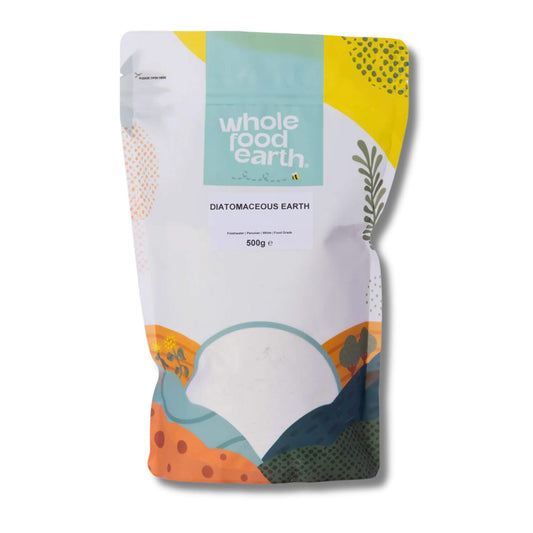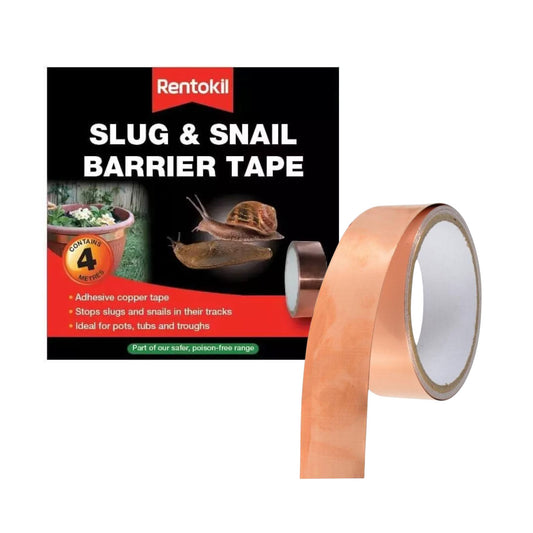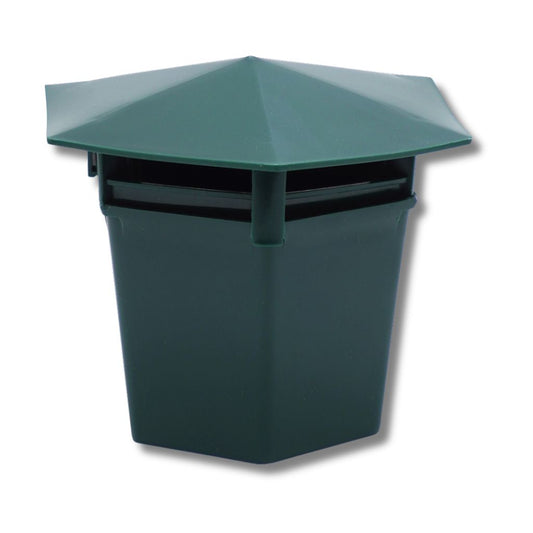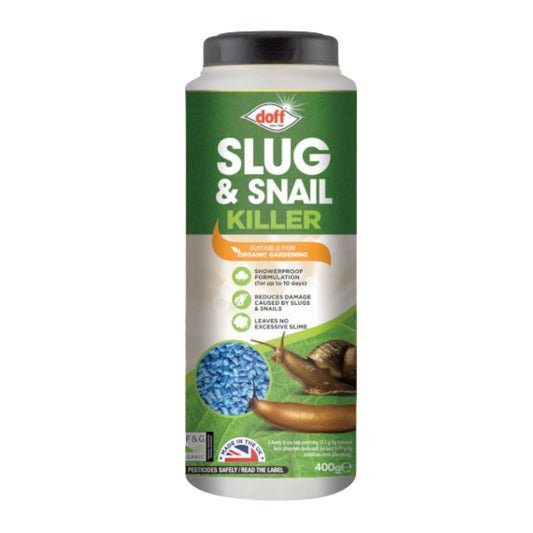
9 Tips on How to Stop Snails Eating Plants
Share
Nothing is more depressing than discovering that snails have eaten your beloved plants to mush overnight.
Snails flourish in the moist climate of the United Kingdom. Although they may appear innocuous at first, these slimy pests can quickly cause serious damage to vegetables, flowers, and seedlings.
No plant in your garden is safe when snails are around, despite their significant contribution to the natural ecosystem. They are unable to distinguish between a decaying leaf and your most valuable flower. Thankfully, there are a few easy ways to manage snails, safeguard your plants, and get your garden back from these persistent annoyances.
Here are our suggestions on how to prevent snails from consuming your plants and make sure your garden stays looking its best.
#1 Eliminate Hiding Spots
Because heat dries them out, snails prefer to hide in cool, moist places, especially during the day. Your garden will look much less inviting if you reduce their hiding spots. To do this, you need to consistently:
- Remove any plant debris, fallen leaves, and thick ground cover.
- Look for snails hiding beneath wooden boards, stones, and pots.
- Raise plant pots off the ground, and trim back low-hanging foliage.

#2 Create Barriers
Snails don't like to cross reactive, rough, or sharp surfaces. We advise making use of the following:
- Copper tape around pots and raised beds to deliver a mild shock, preventing them from going further.
- Crushed eggshells or grit around the base of plants to create uncomfortable terrain that they would rather avoid.
- Salt, strategically positioned to form a natural barrier. It could damage your plants, so be careful not to put it too close.

#3 Set Up Traps
It's critical to capture snails before they multiply and cause more harm:
- Use a homemade snail trap or bury shallow beer containers at soil level. The scent draws snails in, where they become trapped and unable to move.
- Use a snail killer pot.

#4 Introduce Natural Predators
The best defence against snails is to keep your garden wildlife-friendly.
- Encourage snail-eating frogs, toads, and hedgehogs, which naturally feed on them.
- Construct small shelters like log piles or a mini pond to invite these predators in.
- Steer clear of pesticides that might harm or put off these beneficial visitors.
#5 Use Safe Snail Pellets
Apply pellets sparingly when necessary. We typically recommend only using them after you have exhausted other options.
- Always choose pellets made from ferric phosphate, which are typically considered safe for children, pets, and wildlife.
- Steer clear of traditional metaldehyde pellets, which are toxic to other animals.
- Always follow manufacturer guidelines for safe use.

#6 Maintain Your Garden's Moisture Levels
Wet conditions are ideal for snails. By keeping your garden well-drained, avoiding overwatering, and appropriately spacing your plants, you can lessen the amount of space that snails prefer. Together, these actions will reduce its appeal to snails.

#7 Plant Snail-Resistant Varieties
Certain plants are more resilient to snail attacks than others. Think about planting:
- Lavender, rosemary, ferns, and geraniums, which are less appealing to snails.
- Additionally, to reduce the risk of damage, consider choosing tougher, waxy, or aromatic plants.

#8 Handpick Snails at Night
Since snails are nocturnal, using a torch to examine your garden after dark can be very beneficial because that is when they are most likely to emerge from hiding and be visible.
- Handpick any snails that are visible, then move or properly dispose of them.
- Pay attention to spaces around damp, shady spots where they are most likely to gather.

#9 Regularly Disturb the Soil
It is well known that snails reproduce quickly. Their eggs are usually laid just below the surface, out of sight. Therefore, it's crucial to consistently:
- Lightly rake or turn over the soil to expose and destroy eggs before they hatch.
- This simple step can significantly reduce future snail populations in your garden.
Final Thoughts
Even though snails can be annoying, it's crucial to keep in mind that a balanced garden is a healthy one. Although snails are useful for decomposing matter, your plants may suffer if their population becomes unmanageable.
To keep snails away and minimise damage, we advise combining multiple control techniques, minimising hiding spots, and selecting plants carefully. By doing this, you'll be able to savour a colourful, flourishing garden once more.
Keep in mind that a little work now can save a lot of heartache later, so be patient, persistent, and don't be scared to change your strategy as the seasons change!
We go to great lengths to ensure that all our DIY snail control products are effective, fast & easy-to-use. You may also find our expert guide useful if you want to learn more about getting rid of foxes from your home or workplace.




